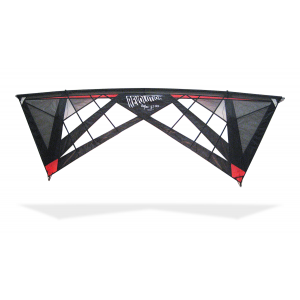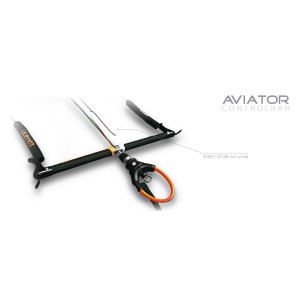- Out-of-Stock








Nearly two decades of kiteboarding experience has materialised into the Navigator controlbar.
At Peter Lynn we understand that your kiting experience heavily relies on how well your bar works. This is why the Navigator bar is designed to be as clean as possible without making any compromise in safety and user comfort.
Includes: Bar, Dyneema lines and leash
 Security policy
Security policy
(edit with the Customer Reassurance module)
 Delivery policy
Delivery policy
(edit with the Customer Reassurance module)
 Return policy
Return policy
(edit with the Customer Reassurance module)
Nearly two decades of kiteboarding experience has materialised into the Navigator controlbar. At Peter Lynn we understand that your kiting experience heavily relies on how well your bar works. This is why the Navigator bar is designed to be as clean as possible without making any compromise in safety and user comfort.
MAIN DESIGN CHARACTERISTICS
Strong and durable – all connections are extra durable, no heavy loads on plastic materials & little amount of sliding parts.
Smooth – all connections are made as smooth as possible flying lines are free of extra parts that can get caught or tangle.
Simplicity – no excessive parts, no complicated systems & easy to replace parts when needed.
The Navigator is available in four sizes, each offering the best bar length combination and corresponding line length of the supplied flying lines.
|
S |
43cm bar |
22m 500kg flying lines |
|
M |
51cm bar |
22m 500kg flying lines |
|
M+ |
51cm bar |
24m 500kg flying lines |
|
L |
60cm bar |
24m 500kg flying lines |
CLEAN SAFE SIMPLE
A free spinning chickenloop, PU coated depower line, ergonomic EVA foam grip, removable lock in pin and soft bar ends all add to your kiting experience.
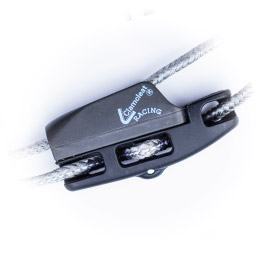
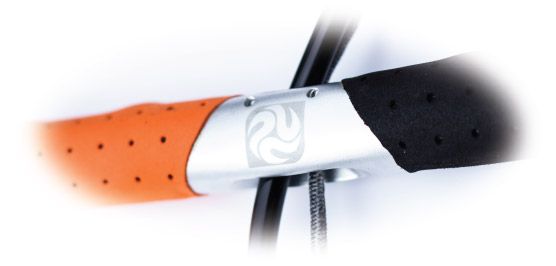
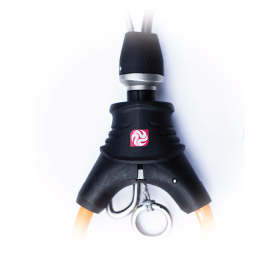
FEATURES
Kook proof line connections
Knots and loops to indicate front and backlines.
Clean line distribution
Egg shaped line divider without moving parts
Neoprene covered power adjuster
Comfortable even when wet power adjuster above the bar
PU coated depower line
Tough poly urethane coating to prevent wear on the depower line
Smooth center hole
Guaranteed snag free bar travel
Soft bar ends
No more bruizes while handlepassing or other painful encounters
Free spinning Chicken loop
Easily untwist your lines after one too many backrolls
Removable lock in pin.
To make unhooked and surf sessions safer and more convenient
Colour coated flying lines
The Pre-stretched Dyneema flying lines are PU coated, besides providing the line with maximum protection, this also allows kiteflyers to see at a glance which line is which.
Your review appreciation cannot be sent
Report comment
Report sent
Your report cannot be sent
Write your review
Review sent
Your review cannot be sent

Nearly two decades of kiteboarding experience has materialised into the Navigator controlbar.
At Peter Lynn we understand that your kiting experience heavily relies on how well your bar works. This is why the Navigator bar is designed to be as clean as possible without making any compromise in safety and user comfort.
Includes: Bar, Dyneema lines and leash
check_circle
check_circle

